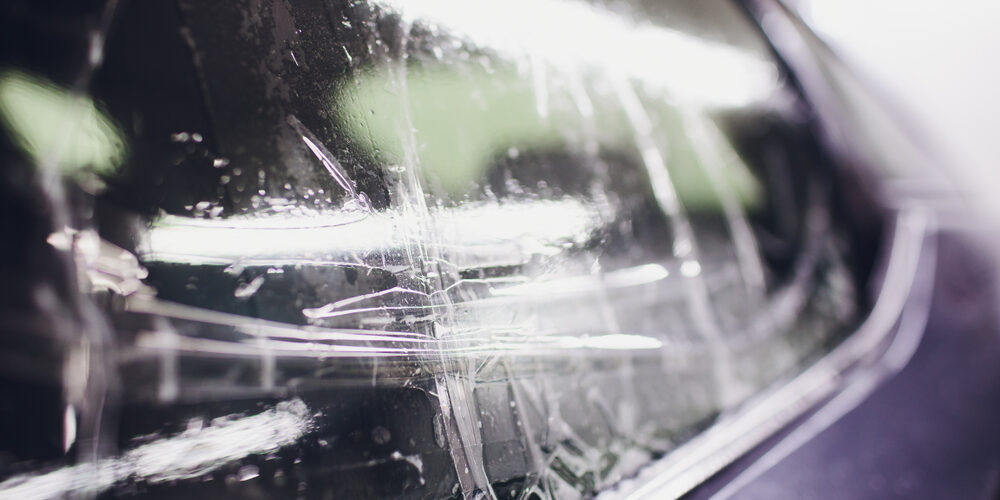Tinting the outside of windows, though less common than interior tinting, is practiced for several reasons, particularly when dealing with certain types of windows or specific environmental conditions.
Here are the main reasons people might choose to tint the outside of windows…
1. Exterior Window Restrictions
Some windows, especially those in high-rise buildings or in areas difficult to access from the inside, might be more practically tinted from the outside. Exterior tinting can be the only feasible option in situations where interior access is limited or obstructed.
2. Double-pane Window Considerations
Applying tint to the outside of double-pane (insulated) windows can sometimes reduce the risk of thermal stress and glass breakage. The heat absorbed by the tint can dissipate into the outside air more easily, minimizing the temperature differential across the glass panes that could lead to damage.
3. Specialized Exterior Films
Advancements in window film technology have led to the development of exterior-grade films that are durable and designed to withstand weather conditions. These films can offer advantages in terms of heat rejection and UV protection, as they block solar energy before it penetrates the glass.
4. Improved Heat Rejection
Tinting windows from the outside can be more effective for heat rejection, as it prevents solar heat from entering through the glass in the first place. This can lead to more efficient cooling, as less heat accumulates within the window itself and the interior space.
5. Preservation of Interior Aesthetics
In cases where the appearance or integrity of the interior side of the window must be preserved (such as with stained glass, historic preservation, or specific interior designs), applying tint to the exterior preserves the interior look while still providing benefits like UV protection and heat reduction.
6. Ease of Installation and Replacement
Applying or replacing window film from the outside can sometimes be easier and more practical, especially for windows that are more accessible from the outside. It can also be less disruptive to interior spaces, particularly in commercial buildings.
Considerations for Exterior Tinting
- Durability – Exterior films are exposed to harsher environmental conditions, including direct sunlight, rain, and temperature fluctuations, which can affect their longevity.
- Maintenance – Exterior-tinted windows may require more frequent cleaning and maintenance to maintain the film’s effectiveness and appearance.
- Warranty and Compatibility – It’s crucial to ensure that the selected film is warranted for exterior use and compatible with the window glass to avoid potential issues.
In summary, while interior window tinting is more common, exterior tinting is a viable option under certain circumstances, offering specific benefits such as improved heat rejection and practicality for hard-to-reach windows. Selecting the right type of exterior-grade film and ensuring professional installation is key to maximizing these benefits.






